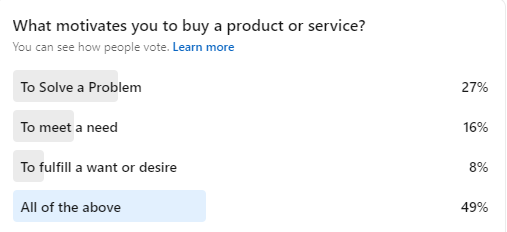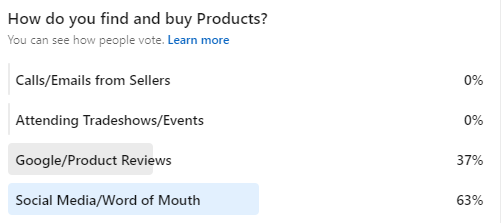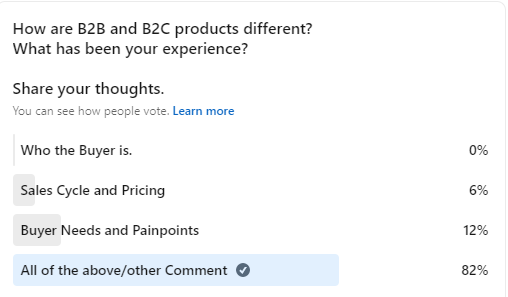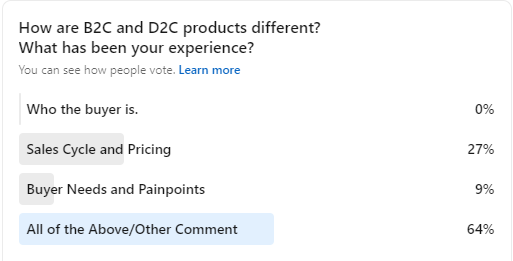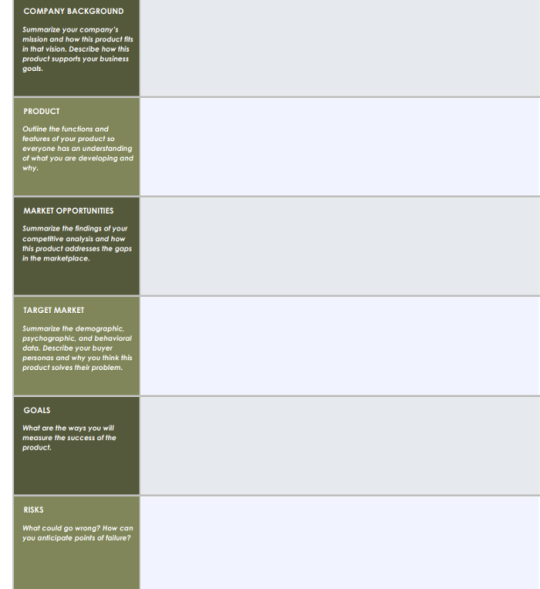Press & Industry Highlights of The 2022 New York Auto Show
The New York Auto Show is back after a two-year pause because of the COVID-19 pandemic. I had the privilege of covering the event over the past two press and industry days at New York’s Jacob Javits Center. It was great to be back. One of the events was hosted in the new Pavilion built at the Javits Center. Mark Schienberg, President of the Greater New York Automobile Dealers Association opens the Auto Show at the awards breakfast.
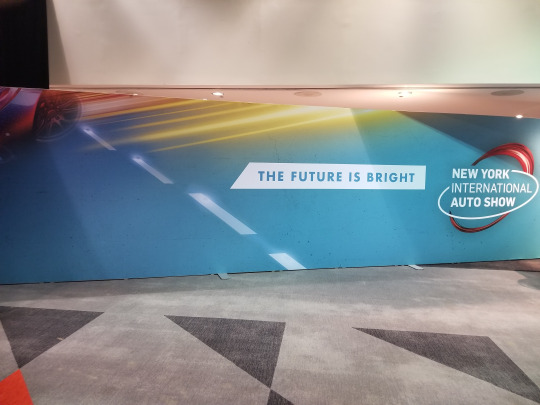
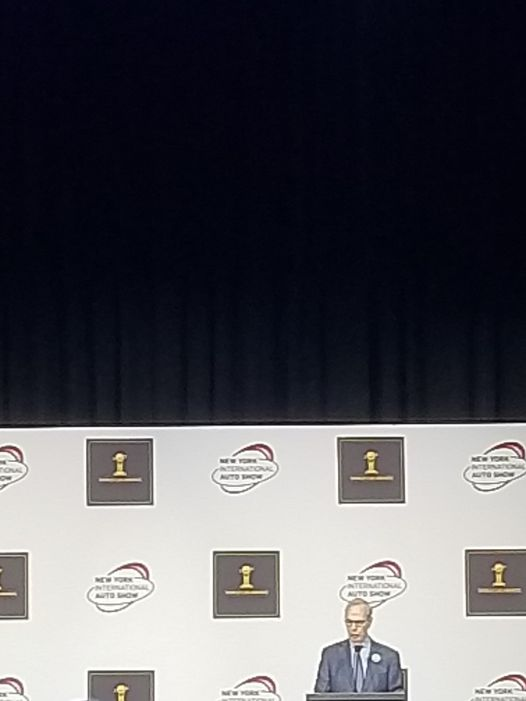
I want to congratulate Audi, Hyundai and Mercedes for winning world car awards.
The Hyundai Ioniq 5 wins a World Car award at #NYIAS 2022!
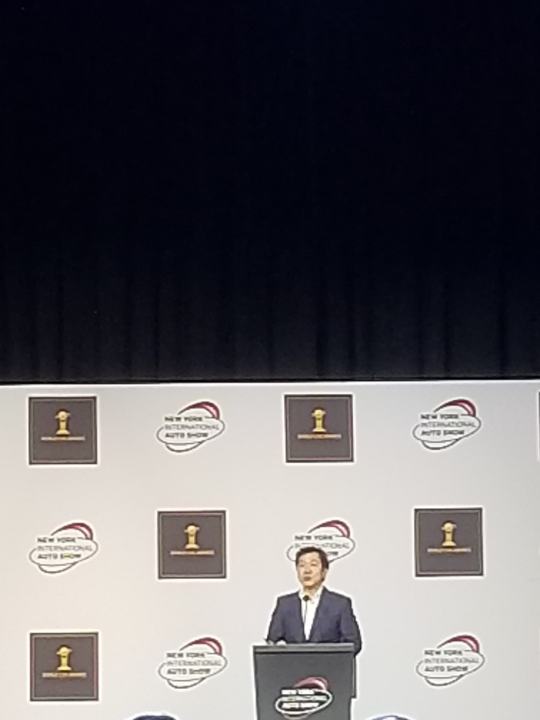
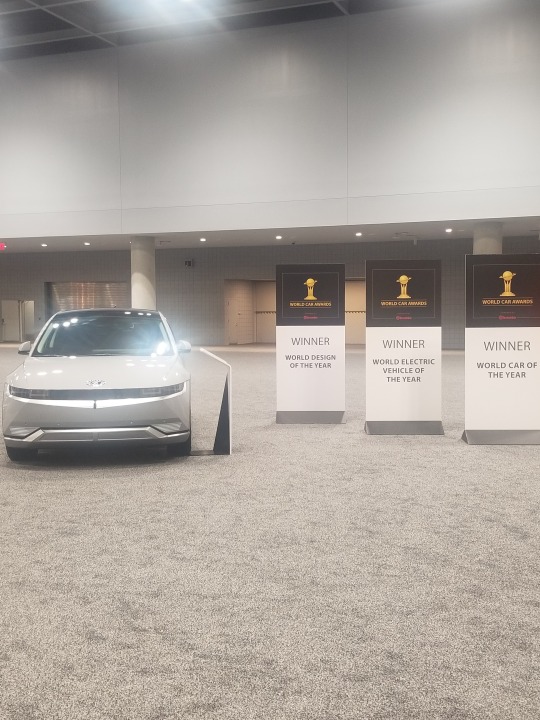
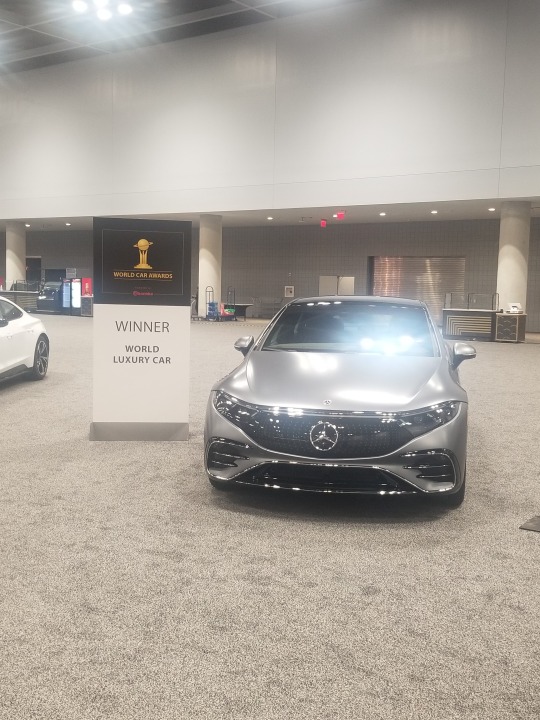
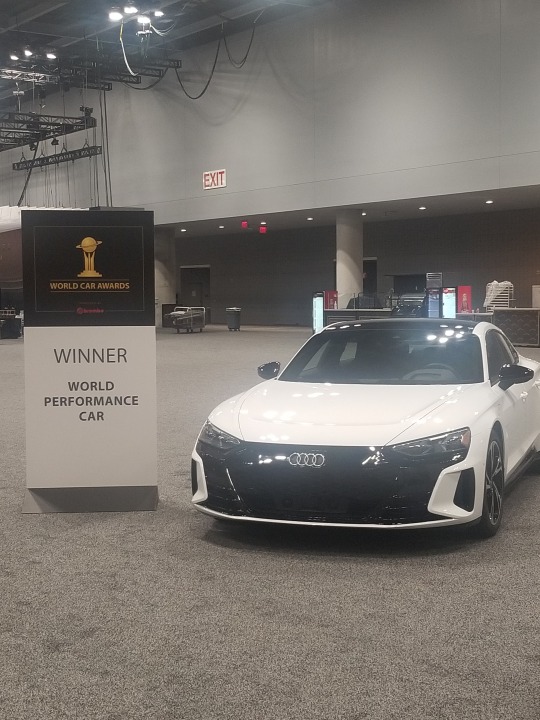
There was a shift in the type of cars, trucks, and SUVs at the auto show. This year the show was made up mostly of electronic vehicles and hybrid vehicles. This change is because of changes in the industry and US government policy to improve the environment. They pledge to sell only electric vehicles or EV’s by 2035. This is a global trend. This is information that came out of the World Traffic Symposium, which was held yesterday.


The show was based on two levels and there were three EV test tracks where drivers could drive Electronic Vehicles. This is a fun exhibit that I recommend that you experience. Ford had one and Hyundai had one. There was an additional track on the lower level where you could see more hybrid cars, trucks, and SUVs. You can also see EV Charging stations on the lower level. For kids not old enough to drive, they also had arcade-style racing games. There is something for everyone at the show. Here is a new Corvette!
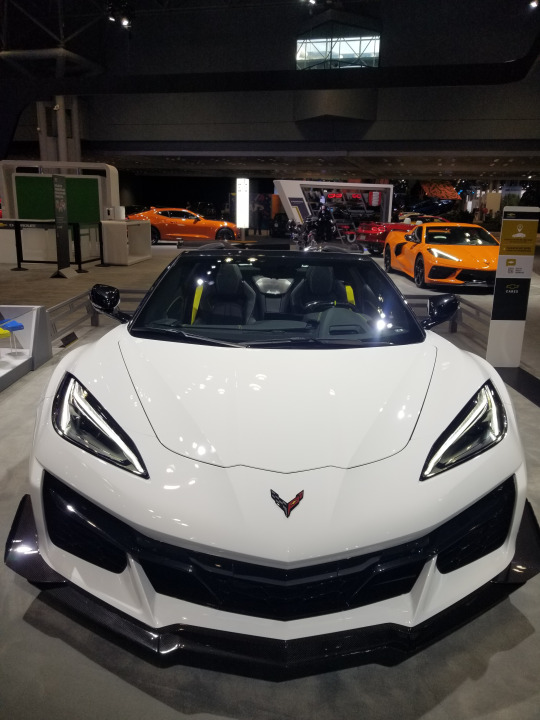
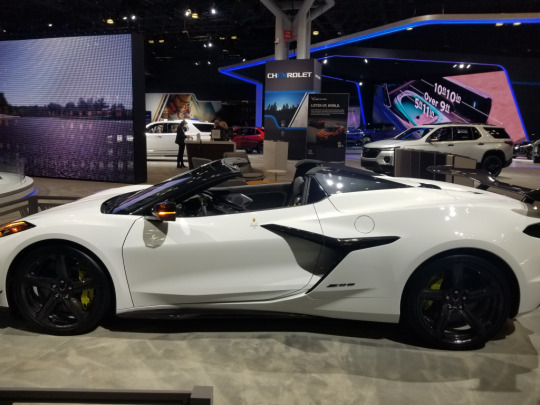

You can find additional pictures posted on Instagram.
There were also some new vehicle role-outs and major press announcements from KIA, Hyundai, Chrysler, and Jeep. You can see them below.
Kia
Chrysler
The show is open to the public starting today at the Jacob Javits Center located at 429 11th Avenue New York, New York 10001. How to get to Auto Show. The Auto Show runs from Friday, April 15th, through April 24th, 2022. The hours are as follows Monday - Saturday from 10 am to 7 pm and Sundays from 10 am to 7 pm. General admission tickets are $17 for adults and $ 7 for children. If you want early access for this Friday or Saturday tickets are $45 for adults and $7 for children. Tickets can be purchased here.
What are you hoping to see at the auto show? If you have attended the auto show, what was the most exciting thing that you have experienced?

